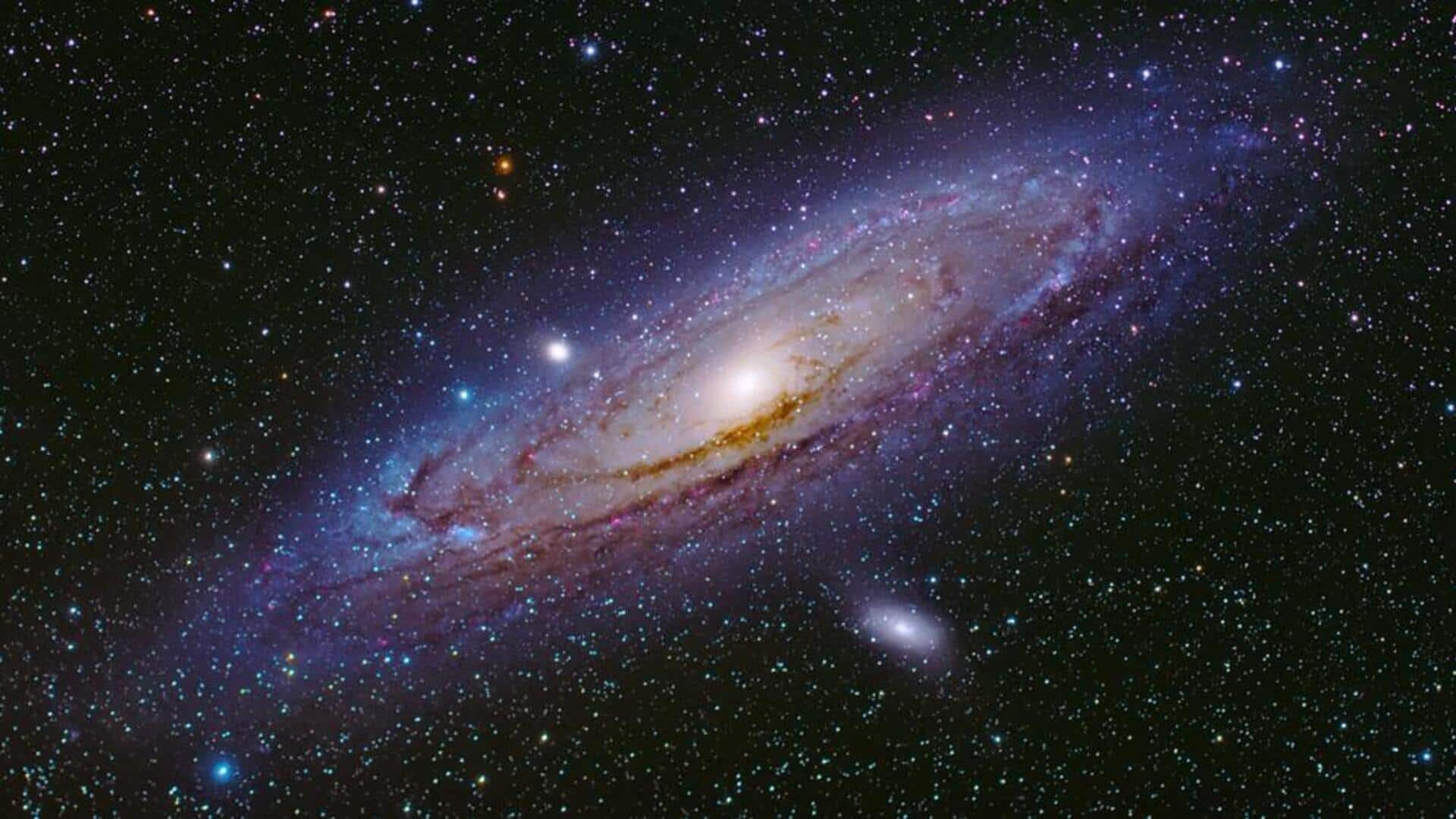
From Mars to Milky Way—NASA's tips for skywatching in June
What's the story
NASA has released its monthly guide, highlighting key celestial events for June. This month promises a spectacular view of planets and the Milky Way galaxy. Venus, Saturn, Mars, and Mercury will all be visible in the night sky at different times. The guide also notes the upcoming Strawberry Moon on June 11 and the summer solstice on June 20.
Planetary alignments
Celestial events: Planetary alignments and lunar sightings
Throughout June, Venus and Saturn will be visible in the eastern sky during pre-dawn hours. The third quarter moon will be near Saturn on June 19, while a crescent moon will be close to Venus on June 22. Mars can be seen in the western sky after sunset, although it is fainter than earlier last month.
Celestial sights
Mercury's visibility and Milky Way observation
Mercury will be most visible at the end of the month, on June 27. It can be spotted low in the west just after sunset. NASA also recommends viewing the Milky Way galaxy this month. The galaxy appears as a faint band of hazy light across the night sky and is best observed away from city lights with binoculars or a telescope for enhanced visibility.
Solstice significance
Upcoming summer solstice: A significant astronomical event
The summer solstice, occurring on June 20, marks the longest day of the year in the Northern Hemisphere. NASA describes it as "a consistent astronomical signpost that humans have observed for millennia." The agency encourages viewers to find a quiet spot to watch the sunset on this special day, connecting them with observers across thousands of years of human history.